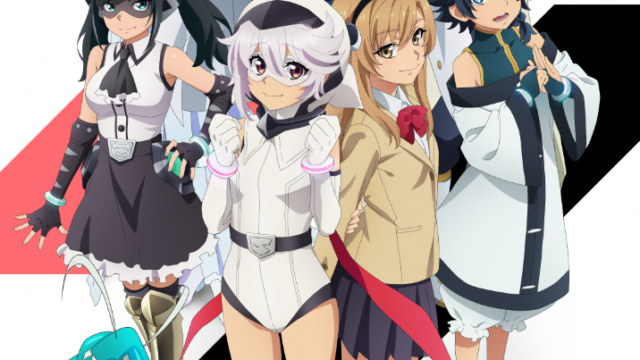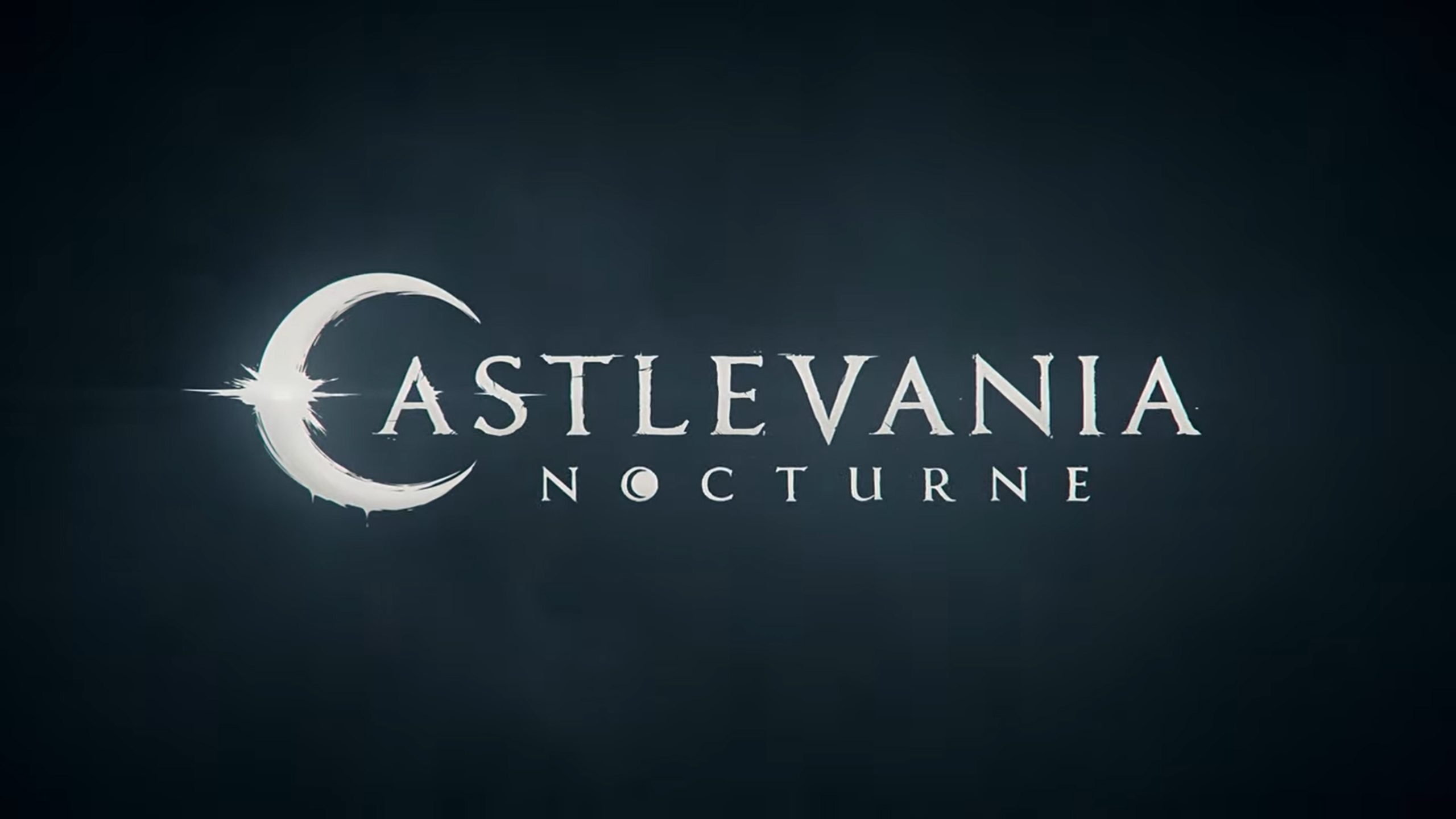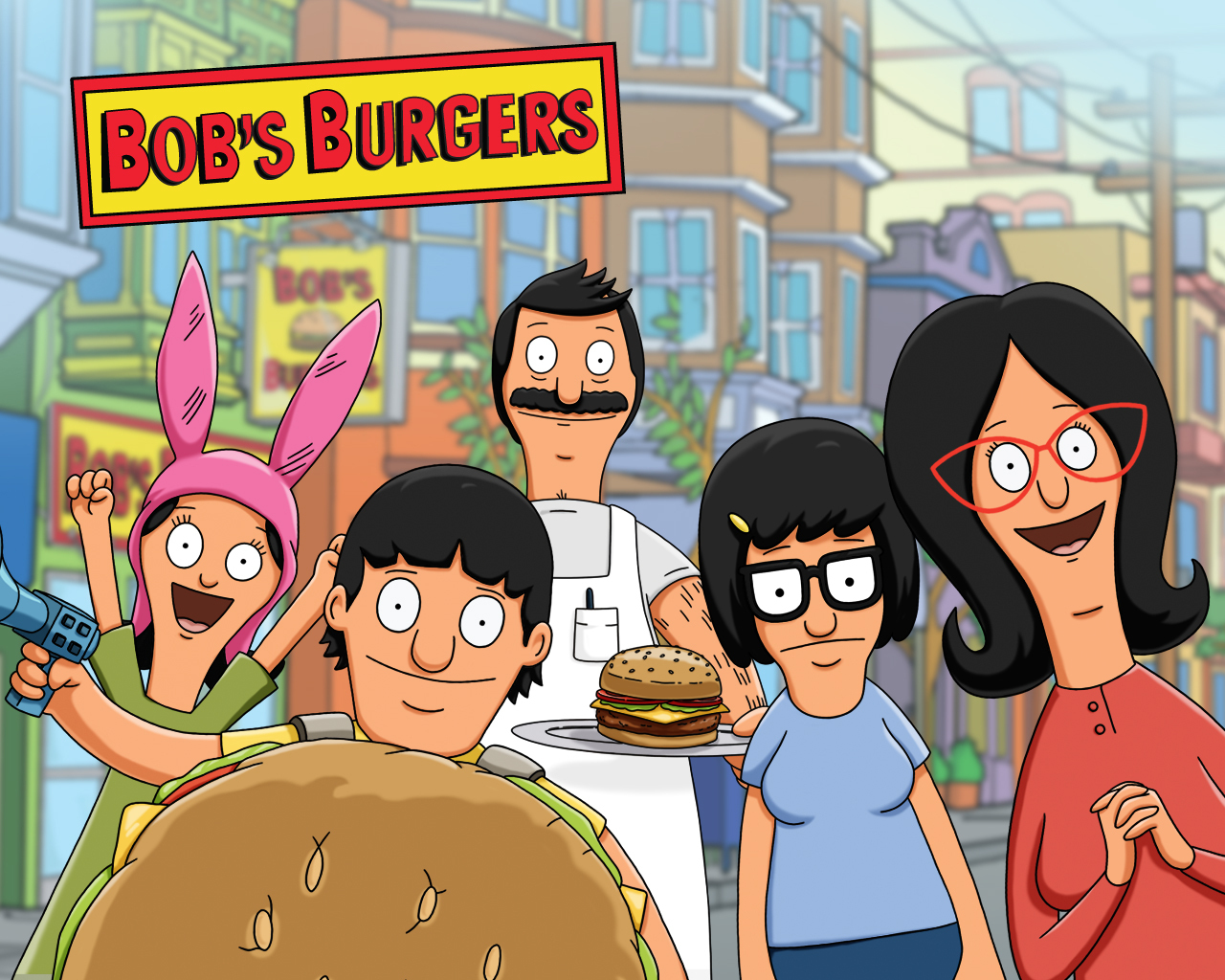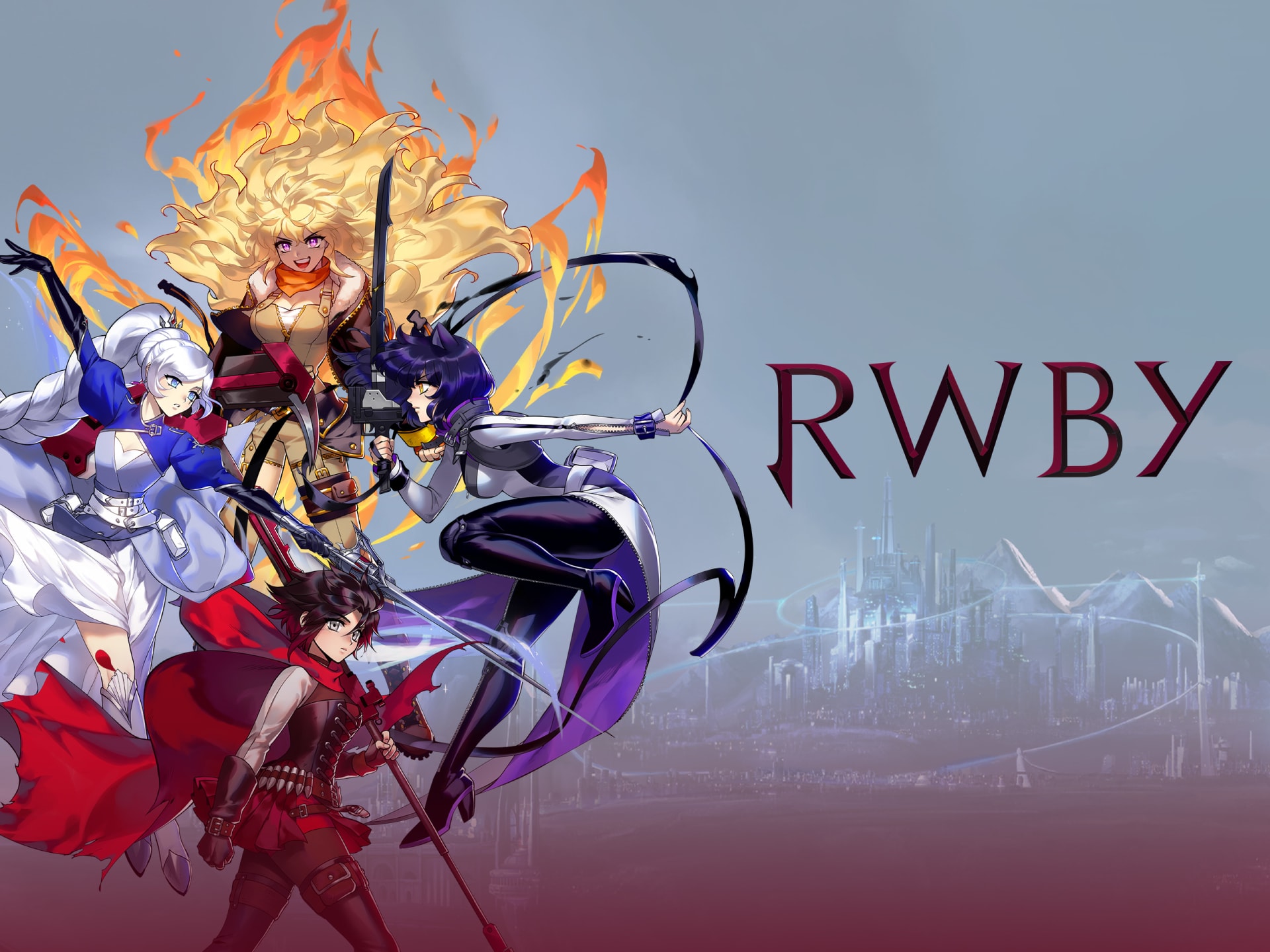English Dub Review: Tekken Bloodline Season One
Based on Namco’s beloved fighting game franchise. The story follows Jin Kazama whom the age of fifteen, learned the family self-defense arts, Kazama-Style traditional martial arts, from his mother Jun at an early age and was peacefully raised in Yakushima. But one cannot escape the rules of drama forever when she is killed by an ancient demon known as “Ogre” and Jin was powerless to stop the creature when it destroyed everything dear to him. To honor his mother’s last wish before facing Ogre, Jin begins training under his rich, brutal, and ruthless grandfather Heihachi Mishima, to not only learn about his lineage and become stronger but to draw out Ogre. Angry at himself for being unable to previously stop Ogre, Jin vowed revenge and sought absolute power to exact it. His quest will lead to the ultimate battle on a global stage — The King of Iron Fist Tournament!
This Netflix original anime series was a co-produced project done by Studio Hibari and Larx Entertainment. And was written by Gavin Hignight and Directed by Yoshizaki Miyao (Magi: Adventure of Sinbad) with Yasuo Miyakawa, Katsuhiro Harada, and Michael Murray as its executive producers within Namco. While the executive producers of the show are Kohei Obara and Dylan Thomas. With character designs by “Heart” and “Satoshi Yuri” music by Rei Kondoh and Opening music by Wataro Arakawa.
If you’re familiar with the Tekken 3’s videogame story (which this plot is basically an updated adaptation of, with characters and specific character designs from Tekken 7) you will most likely know what to expect. It’s probably one of the better retellings Tekken has ever had outside of the games in my opinion, as very few changes were made that don’t screw up the narrative with the opening of each episode having different characters inner-monologuing the same cryptic question. The writing is simplistic as your prototypical revenge story which to some people arguably comes across as nothing special. But people forget that even Shakespeare recognized and understood how timeless, compelling, and cathartic revenge stories can be if effectively told.
And while the heart of the story is about Jin’s quest for vengeance, it could’ve had more episodes to flesh out other characters and their motivations to make each fight have a more emotional weight to their battles. As for how the backgrounds were done, they were very basic in the first episode but later episodes helped give the foreign lands a grand sense of scale mixed with an air of sophistication about them which helped capture the whole “fish out of water” dynamic Jin begins to experience from living in a small village to living in the big city with Heihachi.
On the subject, both the animation and art style are unique and visually sets itself apart from the styles originally found within the games, but it still has a charm to them. The sharp angles and bold line art went well with how the anime felt it should have looked, and the transitions between the traditional animation style and cell-shaded CGI were smooth and almost unnoticeable which somewhat reminded me of Batman: Ninja. However the only distracting thing to me was the overuse of triangular shadows over every character for some unexplained reason and it took me a while to get used to this as it got progressively distracting, even when all the characters were outside in broad daylight they all had the very same shadows still over them.
Many of the fighting animations remained spot-on. As somebody who’s grown up playing these games since my early teens, it was a visual treat to recognize some of the battle effects, visual & audio Easter eggs, moves, and beloved characters thanks to two Tekken professionals who were consulted who ensured that the action in the show stayed faithful to the action from the games while still managing to get me excited for each fight with the only downside aside from what I previously mentioned with the narrative is that while the cameos are a serviceable, certain battles happen entirely off-screen and we the audience are instead told by the announcer who won/lost except the battles we do see which are focused on a handful of characters who are both within Jin’s circle and the show’s 6 episodes.
Overall this was surprisingly decent but criminally short. Given what previously came before with Tekken in various forms of media outside of gaming. I can at least appreciate the joint effort of what Harada approved of and what Netflix helped accomplished. Despite how weird the artstyle and choices of shadow placement are within this show. It cared enough about the series (and the fans) to give them something they didn’t have to be ashamed of. It’s a hell of a lot less wacky than the CGI film “Tekken: Blood Vengence” but nowhere as brutal or bloody as Tekken’s first animated motion picture from 1997/98 or the live-action 2010 film while visually stunning, mostly felt like a throwback to those direct to video low budget martial art movies I grew up watching from the ’80s & 90s. And if Season 2 (Or even a prequel retelling of Tekken 1 & 2’s events) becomes a reality in the future with the same team involved, I’d be more than happy to check it out!
























Just cancel this bird already. The chicken is beyond cooked. It's burnt to a crisp.